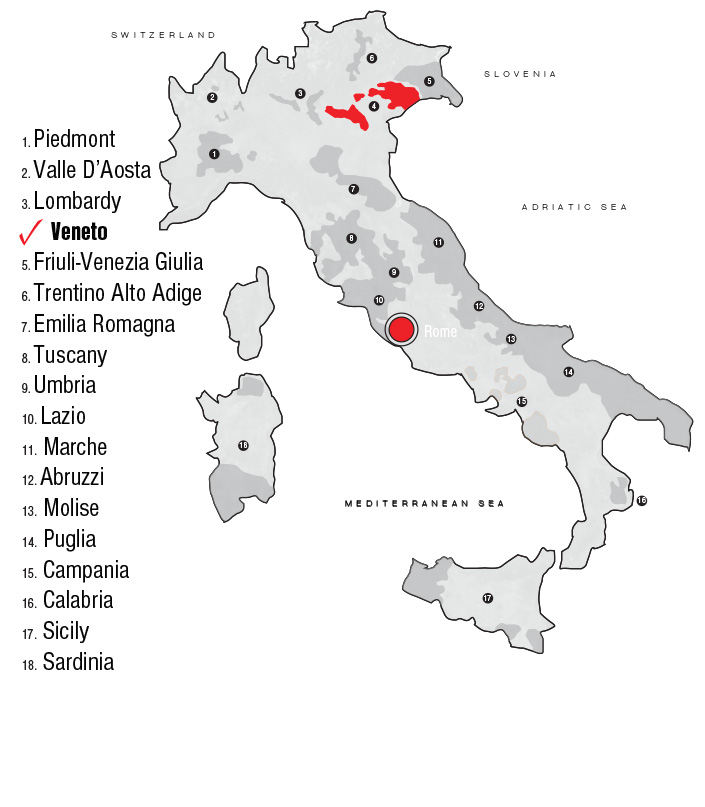|
  alpolicella is the hilly area to the west of Verona between the left side of the river Adige and the Monti Lessini. Historically it includes the villages of Negrar, San Pietro in Cariano, Marano, Fumane and Sant’Ambrogio. alpolicella is the hilly area to the west of Verona between the left side of the river Adige and the Monti Lessini. Historically it includes the villages of Negrar, San Pietro in Cariano, Marano, Fumane and Sant’Ambrogio.
“Palazzo Montanari” is a 14th century private estate turned into a "Villa Padronale" from the 16th century on, located on the hill of Bure, in the heart of “Valpolicella Classica”.
“Palazzo Montanari” produces and sells prestigious Valpolicella wines and olive oil. The south east exposure maximizes the amount of sunlight and the benefits of the breezes that blow gently down the Fumane valley. The soil is dry, clayey and rich in fossils which guarantee the very high quality of the grapes, making them an excellent starting point for high class wines.
The Nicolis family has been working in the vineyards around the Palazzo Montanari since 1951. They bought the house and surrounding vineyards (3 hectares) in 2000 when the actual owners were looking to sell it. Massimo Nicolis takes great care of the land, together with his brothers Giancarlo –an agronomist- and Giuseppe – a wine maker – who have more than thirty years of experience.
Palazzo Montanari made its first vintage in 2001 and was introduced in the States in 2008.
Web site: www.palazzo-montanari.com
Valpolicella Classico is wine made under the Valpolicella DOC of Veneto, north-eastern Italy, specifically from grapes grown in the traditional classico viticultural zone.
Valpolicella classico is a blend of 60% Corvina grossa, 30% Rondinella, 10% Molinara. Valpolicella is one of Italy's most famous red-wine names, ranking alongside those of Chianti, Barolo and Brunello. Just over a third of Valpolicella comes from its classico zone, which was the original Valpolicella growing area prior to 1968, when the wine was given DOC status and a dramatically expanded catchment area. There is a discernable quality difference between Valpolicella Classico and standard Valpolicella, and this is generally reflected in the prices commanded by the wines. The reasons for this relate to terroir and yields: the superior drainage, sunnier aspect and tighter production restrictions enjoyed by the classico vineyards lead to riper, healthier grapes with more complex tannic and phenolic profiles.
|
